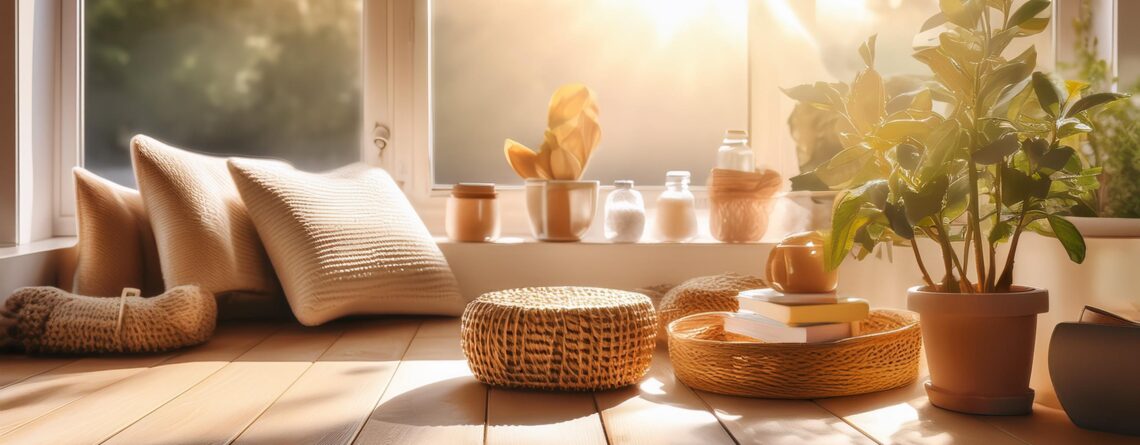How to Organize Your Home with Labels: Simple Tips that Work
If there’s one thing that can bring instant calm to a chaotic home, it’s organization—and labels are a powerful tool to make that happen.
Whether you’re tired of rummaging through cluttered cabinets or dealing with messy toy rooms, labels give everything a designated place. The best part? Labels not only make your space look tidy, but they also keep it that way.
In this blog, we’ll take you room by room with simple, actionable tips on how to use labels to organize your home—no more clutter, no more stress.
1. Kitchen Organization: Beyond the Pantry
The kitchen is one of the busiest rooms in the house. Between cooking, snacking, and cleaning, things can quickly get disorganized. But labels can help streamline every part of your kitchen—from food storage to cabinets to the refrigerator. Here’s how:
Labeling the Pantry
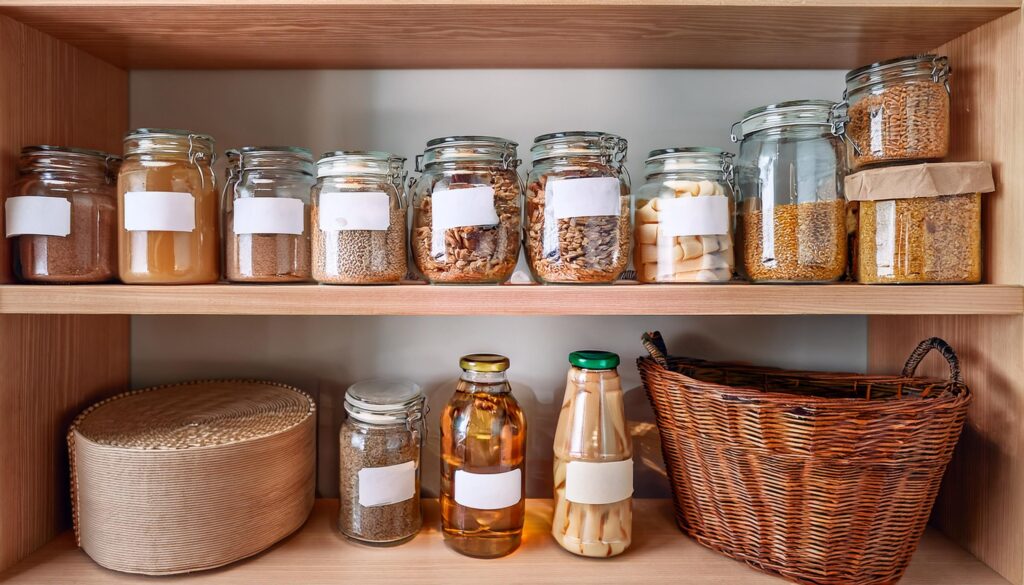
Yes, labeling pantry jars and containers is a popular tip, but let’s take it a step further. Instead of just labeling “flour” and “sugar,” break things down into categories. Create a system that works for how you use your pantry. For example:
- Baking Zone: Use labels like “Baking Essentials” for a section that includes flour, baking powder, and sugar.
- Grab-and-Go Snacks: Label baskets or bins as “Snacks” or “School Snacks” so kids know where to grab their goodies.
- Bulk Storage: Create labels for bulk storage like “Dry Grains” (rice, quinoa, pasta) and “Baking Mixes” (pancake mix, cake mix, etc.).
Get Creative in the Refrigerator
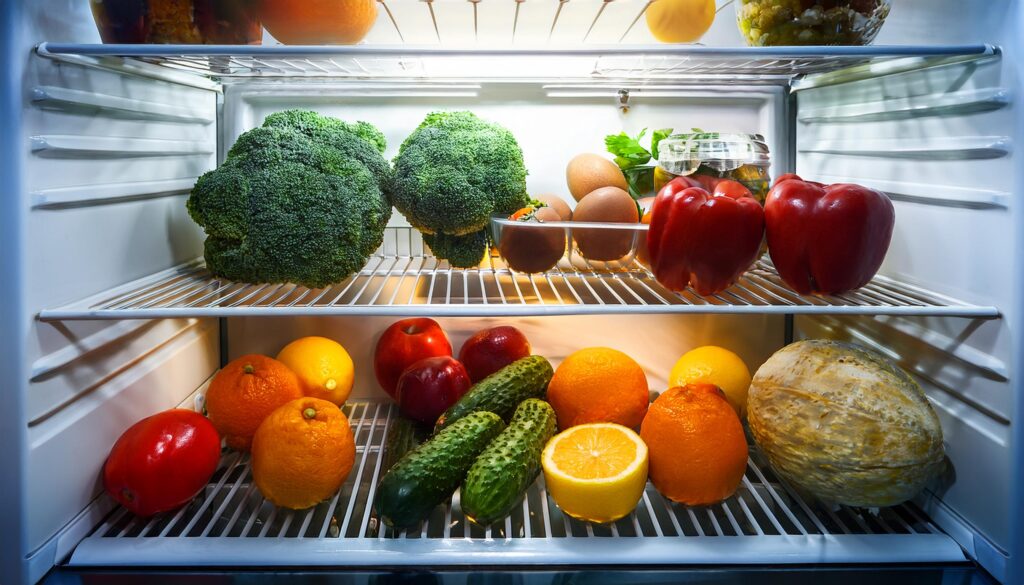
The fridge is often the least organized space in the kitchen, but it doesn’t have to be. Labels can make it easier to keep things in their place and cut down on food waste:
- Shelf Labels: Create labels like “Dairy,” “Leftovers,” or “Condiments” to designate what goes on each shelf. This makes it easier for everyone in the house to know where to put things back.
- Expiration Date Stickers: Label leftovers and prepped meals with the date they were made to make sure nothing is forgotten in the back.
- Special Diets: If you have someone in the house with dietary restrictions, label sections of the fridge like “Gluten-Free” or “Vegan” to keep things separate.
2. Closet and Wardrobe Organization: Every Item Has a Place
Closets can easily turn into storage black holes if things don’t have designated spots. Whether it’s your walk-in closet or your kids’ wardrobe, labels make it easier to keep everything in its place.
Labeling Bins for Seasonal Clothing
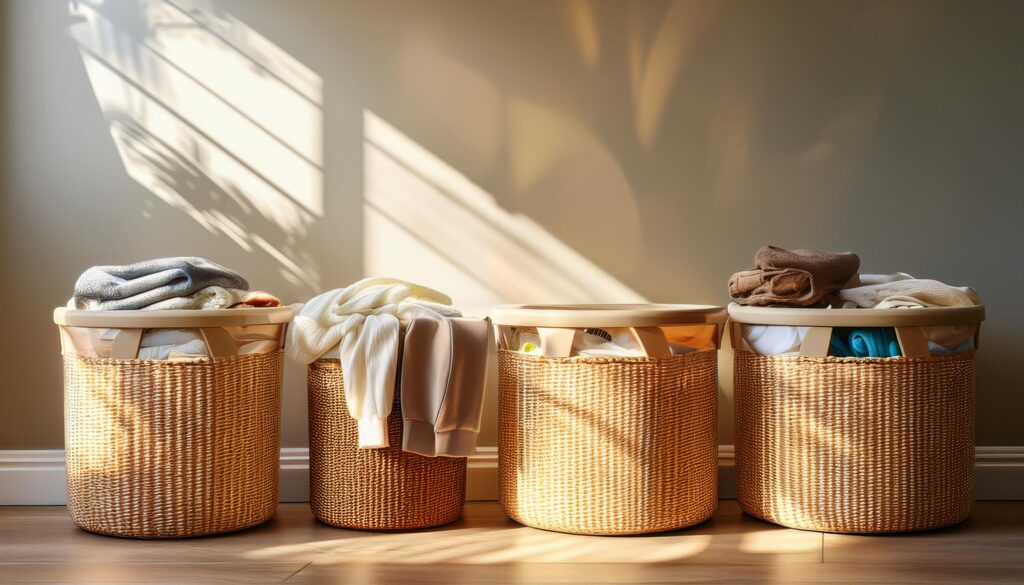
It’s easy to toss winter sweaters or summer shorts into random bins, only to forget about them for months. Instead, create a labeling system that works year-round:
- Seasonal Bins: Use specific labels like “Summer Clothes” and “Winter Gear” to separate out-of-season clothing. Bonus points if you include what’s inside, like “Winter – Sweaters” or “Summer – Swimwear.”
- Kids’ Clothing: Create labels for your kids’ clothes by size, especially if you plan on passing down clothes from one child to the next. Labels like “Toddler – 3T” or “Baby – 6 months” can save you time when the seasons change.
Hanger Labels for Organization by Outfit Type
Instead of just labeling bins, consider labeling hangers or divider tabs to make choosing an outfit easier. You can break things down by category or even by day of the week for kids’ school outfits:
- By Category: Label sections like “Work Clothes,” “Casual,” or “Special Occasions” so you don’t have to sift through everything every morning.
- Outfit Planning: Use labels to mark hangers for outfits you want to wear during the week, like “Monday” through “Friday.” This is especially helpful for kids to make mornings run smoother.
3. Office and Craft Room: Declutter and Maximize Productivity
A messy office or craft room is a surefire way to lose focus or waste time searching for supplies. With labels, you can create a functional system that keeps everything at your fingertips.
Labeling File Folders and Drawers
Paperwork can pile up quickly in any home office. To keep things neat, labeling file folders is a must—but don’t stop there. Label drawers, shelves, and even desktop organizers for a system that works for you:
- File Cabinet Labels: Create labels for file cabinets and drawer sections such as “Bills,” “Receipts,” “Tax Documents,” and “Personal.” This way, you’ll know exactly where everything goes and can grab important papers without digging.
- Desktop Organizers: Label drawers or baskets on your desk with specific items—“Pens,” “Paper Clips,” or “Sticky Notes”—to prevent everything from getting tossed together.
Organizing Craft Supplies
Craft rooms can get out of hand quickly if you’re not careful. To stay organized, create labels that categorize your supplies, so you know where to find what you need—without making a mess in the process:
- By Material: Label storage bins or containers by type of craft—“Paint Supplies,” “Sewing Kits,” or “Scrapbooking Paper.”
- By Frequency of Use: For frequently used items, keep them accessible in labeled drawers near your workspace. For rarely used materials, label them and store them out of the way, like “Holiday Crafts” or “Gift Wrapping.”
4. Playroom and Kids’ Spaces: Making Cleanup Easy
If you’ve ever stepped on a LEGO, you already know how important it is to keep the playroom organized! With labels, even kids can help tidy up their space because everything will have a home.
Labeling Toy Bins for Easy Cleanup
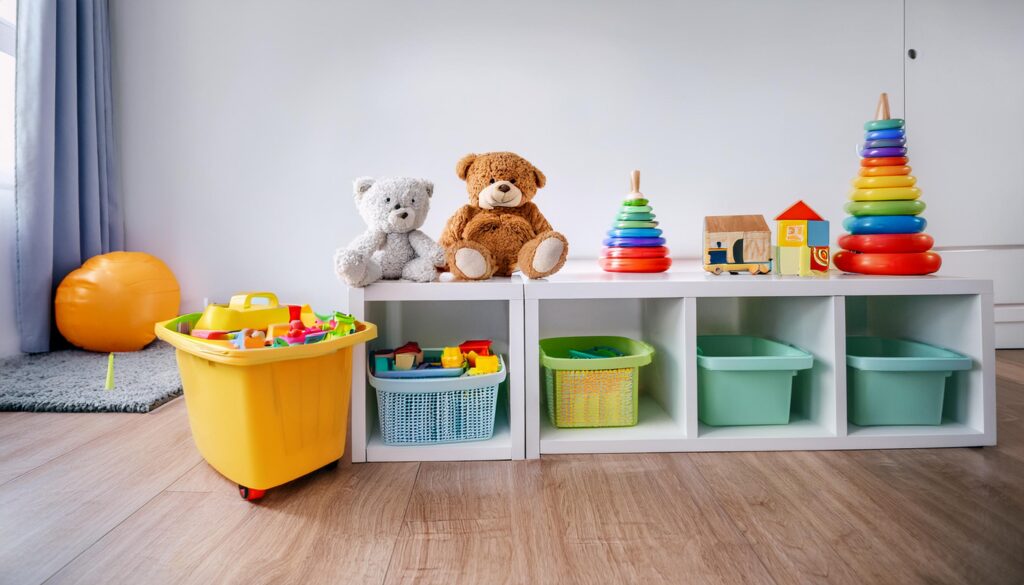
Instead of throwing everything into a pile at the end of the day, label bins or baskets to make sure each type of toy has its own place:
- By Toy Type: Create labels like “Cars,” “Dolls,” or “Building Blocks” to keep similar toys together. This way, kids can find what they want to play with and know where to put it back.
- Picture Labels for Younger Kids: If your little ones are still learning to read, use picture labels (e.g., a picture of a truck for the car bin) to help them recognize where things go.
Labeling Art Supplies and Books
Art supplies and books are some of the biggest clutter culprits in kids’ spaces. To keep things organized, label bins, shelves, and drawers for each category:
- Art Supply Storage: Use labels like “Crayons,” “Markers,” and “Glue” for easy access and cleanup.
- Book Shelves: Create sections on your bookshelves labeled by topic—“Animals,” “Fairy Tales,” “Learning Books”—to make story time more organized and fun.
5. Garage and Utility Spaces: Maximize Your Storage
Garages and basements tend to be catch-all spaces for tools, seasonal gear, and cleaning supplies. It’s easy for these spaces to get cluttered, but with the right labels, you can transform them into functional, well-organized areas.
Labeling Tools and Equipment
Instead of tossing tools into drawers and boxes, create an organized system where everything has a place:
- Tool Pegboards: Label sections of your pegboard or toolbox with specific tools—“Screwdrivers,” “Wrenches,” “Drill Bits”—so you don’t waste time searching for what you need.
- Equipment Storage: Create labels for larger equipment bins—“Lawn Care,” “Painting Supplies,” or “Car Wash Kit”—to keep everything organized and easily accessible.
Organizing Seasonal Items
If your garage or basement stores seasonal items, labeling those bins and boxes will save you a headache down the road:
- Holiday Decorations: Label bins with specific holiday decor—“Christmas Lights,” “Halloween Decorations,” or “Easter Eggs”—to easily pull out what you need each season.
- Outdoor Gear: For outdoor equipment like sports gear or camping supplies, use labels like “Camping Gear” or “Beach Stuff” so you can grab what you need when you need it.
Wrapping It Up: Label Your Way to a Tidy Home
Labels are a simple, affordable way to take control of the clutter in your home. From the kitchen to the playroom to the garage, these tips will help you create a system that works for everyone in your household.
So grab some labels, start small, and watch how easily your home transforms into a more organized

